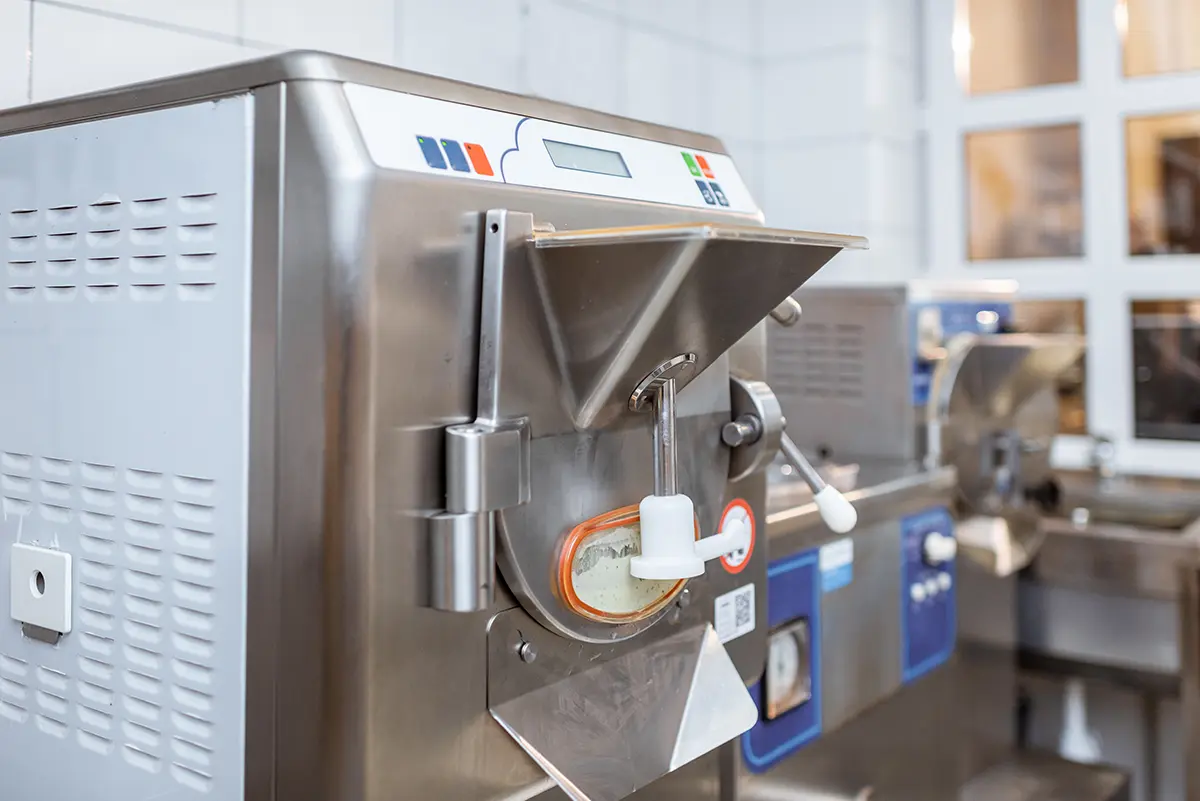What is pasteurisation?
Pasteurisation is a heat treatment process invented by Louis Pasteur in the 19ᵉ century. It involves exposing foods, such as dairy products and fruit juices, to a high temperature (between 60 and 85 degrees Celsius) for a specific period of time. This method eliminates pathogenic bacteria present in food, reducing the risk of food-borne infections and illnesses.
The advantages of pasteurisation
Pasteurisation offers a number of advantages in terms of food safety. Firstly, it extends the shelf life of food, which helps to reduce losses and food waste. It also makes products safer for sensitive people, such as young children, the elderly and those with weakened immune systems. By eliminating pathogenic bacteria, pasteurisation helps to protect consumer health.
The disadvantages of pasteurisation
Although pasteurisation is an essential step in guaranteeing food safety, it can result in a minimal loss of certain nutrients. Vitamins and enzymes can be degraded by the heat during the pasteurisation process. However, these nutrient losses are generally insignificant and can be compensated for by a balanced diet. It should also be noted that pasteurisation does not guarantee the total elimination of all bacteria present in food, but considerably reduces their population, thus limiting health risks.
Equipment for successful pasteurisation
There are several types of equipment used for pasteurisation, adapted to different food products. Here are a few examples:
- Plate pasteuriser: This type of pasteuriser uses stainless steel plates to rapidly heat and cool the food product. The plates are designed to facilitate heat exchange, ensuring effective pasteurisation.
- Tunnel pasteuriser: This type of pasteuriser is used for packaged products, such as packaged fruit juices. The packages are transported through a tunnel where heat is applied to eliminate pathogenic bacteria.
- Water bath pasteuriser: This type of pasteuriser uses a hot water bath to heat the food products. The food is placed in containers before being immersed in the water bath. The heat is maintained at a specific temperature for a set period of time.
These examples are just a selection of the different types of equipment used for pasteurisation. Each food industry will choose the appropriate equipment according to the type of product, production capacity and regulations in force.
If you’d like to find out more about pasteurisation equipment, we recommend that you turn to Hubert Cloix, a company set up in 1973 that specialises in the manufacture of food processing equipment. Their expertise in this field enables them to offer a wide range of equipment adapted to food pasteurisation.
Key points to remember
Pasteurisation is a crucial step in the food industry to ensure the safety of the products we consume. Thanks to this method of heat treatment, pathogenic bacteria present in food are eliminated, thereby reducing the risk of food-borne illness. The different types of equipment used for pasteurisation allow the process to be adapted to the specific needs of food products. By combining pasteurisation with appropriate equipment, the food industry can guarantee the quality and safety of the products we eat every day.



